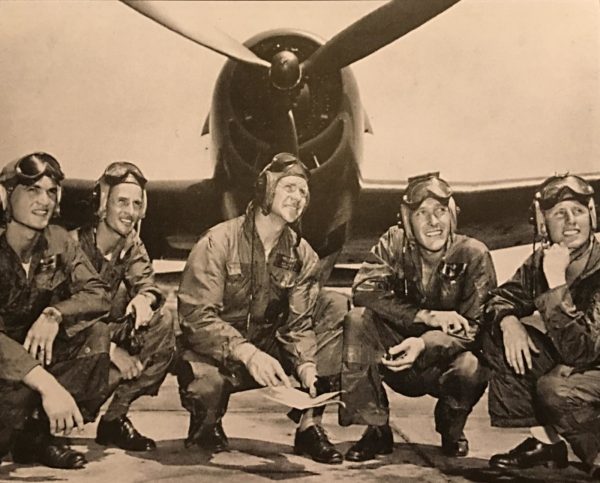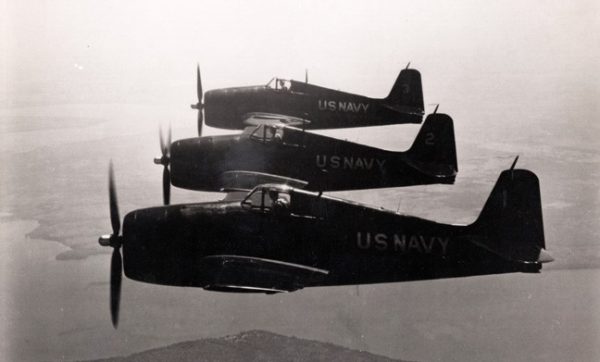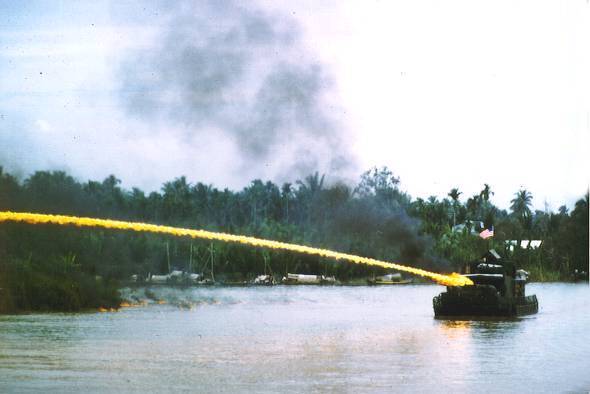June 15 in U.S. military history
1775: John Adams of the Second Congressional Congress nominates George Washington, a fellow congressional delegate and veteran of the French and Indian Wars, to lead the newly formed Continental Army. Washington is unanimously elected.
1864: Secretary of War Edwin M. Stanton signs an order setting aside 200 acres of Confederate General Robert E. Lee’s estate as a cemetery for fallen Civil War soldiers. Today, Arlington National Cemetery is the final resting place to over 400,000 fallen military members.
1877: Former slave Henry O. Flipper is the first black cadet to graduate from the U.S. Military Academy at West Point. 2nd Lt. Flipper will lead the Buffalo Soldiers of the 10th Cavalry during the Apache Wars.
1944: Following a three-hour Naval and air bombardment, 8,000 Marines under the command of Maj. Gen. Holland M. “Howlin’ Mad” Smith (a recipient of France’s Croix de Guerre for his actions during the battle of Belleau Wood in World War I), hit the beaches of Saipan. The Japanese war planners are caught by surprise, and by nightfall the 2d and 4th Marine Divisions have a beachhead spanning six miles and reaching inland nearly 1,500 yards. Japanese propaganda leads its people to believe that unspeakable acts await anyone unlucky enough to be captured by the U.S. military, and thousands of Japanese civilians will leap to their deaths from the cliffs of Saipan.
On July 7, some 3,000 Japanese troops charge forward in the largest banzai charge of the war, nearly wiping out two battalions of soldiers from the 27th Infantry Division. The Japanese defenders inflict 14,000 casualties on the Americans, but the island is declared secure on July 9.
1946: Three specially modified blue and gold Grumman F6F-5 Hellcat fighters perform a 15-minute aerial acrobatic performance over Jacksonville, Florida’s Craig Field in the first public performance of the newly formed Navy Flight Demonstration Team. The “Blue Angels,” as the team would come to be known, are led by Officer-in-Charge and World War II flying ace Lt. Cmdr. Roy M. “Butch” Voris.

Adm. Chester Nimitz, now serving as the Chief of Naval Operations, formed the team in April to boost morale, increase public interest in Naval aviation, demonstrate the capabilities of Naval air power, and increase support for a larger share of the shrinking military budget.

1952: After only two months in combat, hotshot Air Force F-86 Sabre pilot James F. Low scores his fifth MiG victory of the Korean War, becoming the 17th ace of the conflict. Low will eventually shoot down nine enemy warplanes, and will himself be shot down in 1968 and is taken prisoner during the Vietnam War.
1968: (Featured image) As a column of eight Navy transport boats from River Assault Division 152 load a company of infantry in a South Vietnamese canal, one of the vessels suffers a malfunction and is temporarily disabled. At the same time, Viet Cong guerillas open fire on the flotilla and threaten to destroy the stalled boat. Division commander Lt. Thomas G. Kelley orders his craft to form a protective circle around the boat while and places his own ship directly in the line of fire. An enemy rocket-propelled grenade impacts Kelley’s ship, spraying deadly shrapnel through the boat and severely wounding the skipper. Although unable to move or speak, he relays orders through a sailor and the Americans manage to repel the attack.
Kelley loses an eye, which should have disqualified him from further service, but he fights to remain in the Navy. He is awarded the Medal of Honor and retires as a captain in 1990.
